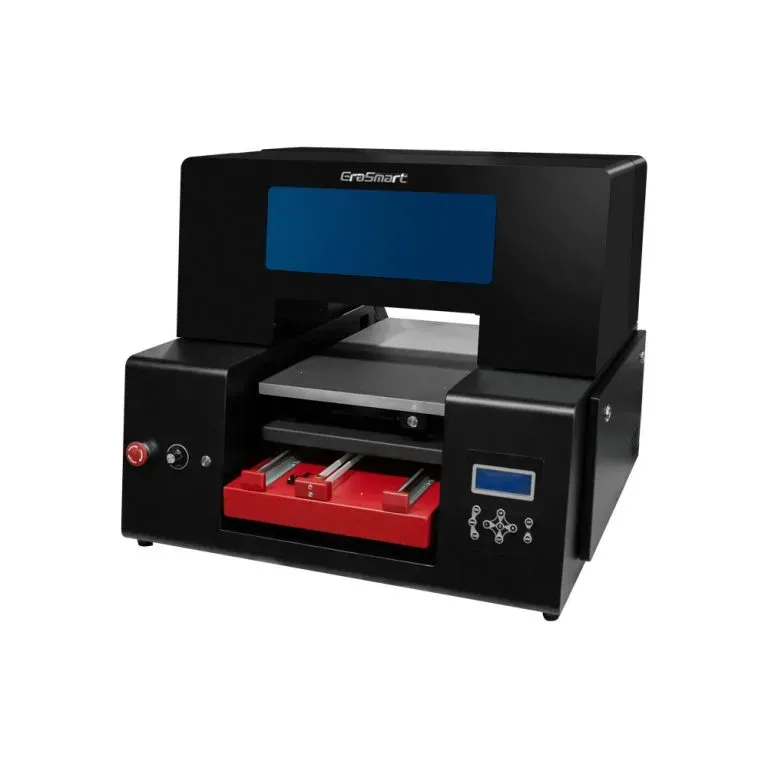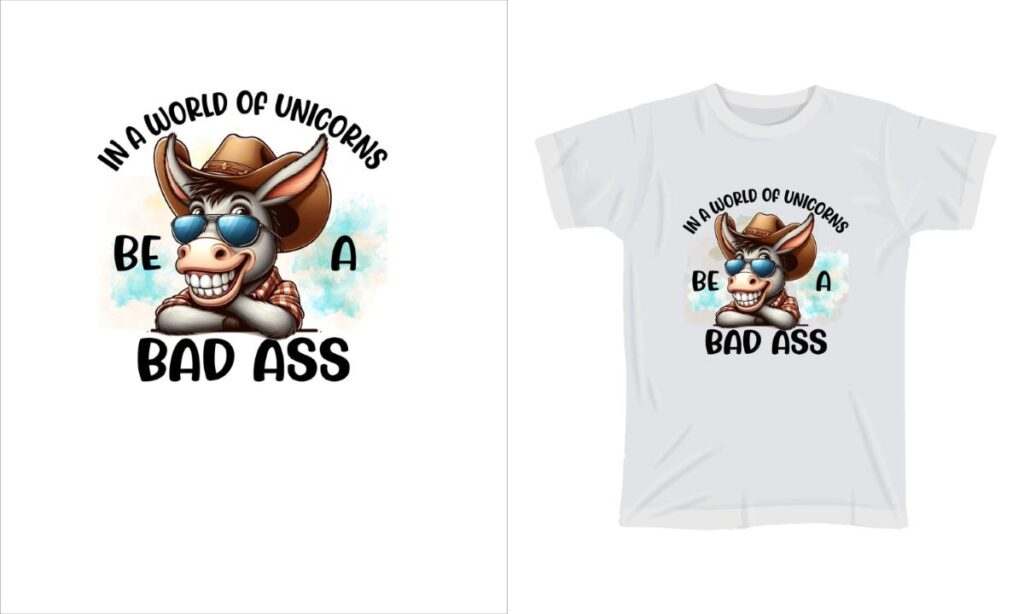In the dynamic landscape of custom apparel printing, **UV DTF technology** has emerged as a groundbreaking innovation, transforming the way designs are created and applied onto fabrics. This advanced method combines the robustness of ultraviolet printing with direct-to-film techniques, allowing for vibrant colors and intricate details that truly stand out. As the demand for unique and personalized clothing continues to grow, UV DTF technology enables businesses to meet these needs efficiently, providing a competitive edge in the market. The technology not only enhances the quality of prints but also facilitates rapid turnaround times, making it an ideal choice for both small craft makers and larger apparel manufacturers. Join us as we explore the multifaceted benefits and future potential of UV DTF technology in reshaping the world of apparel customization.
Exploring the realm of apparel customization, we encounter direct-to-film (DTF) printing, particularly the fascinating advances brought by ultraviolet (UV) printing technology. This innovative method revolutionizes transfer printing by offering vibrant, durable designs tailored for a variety of fabrics. It’s not just about printing; it’s about enhancing the entire custom garment experience for creators and consumers alike. These technological advancements emphasize the importance of quality and efficiency, allowing businesses of all sizes to maximize their potential in producing stunning, personalized clothing. As we delve deeper into the subject, the significance of UV DTF technology becomes ever more apparent, paving the way for the future of fashion and personalized design.
The Evolution of Custom Apparel Printing Technologies
In recent years, the realm of custom apparel printing has undergone significant transformations, largely driven by the advent of innovative technologies. Traditional methods such as screen printing and basic transfer printing are now complemented by more sophisticated approaches like UV printing and DTF printing. These cutting-edge techniques enhance both the quality and efficiency of the printing process, enabling designers to create stunning, intricate designs that were previously difficult to achieve.
As businesses seek to differentiate themselves in a crowded market, investing in newer technologies has become a strategic imperative. The integration of UV DTF technology stands out in this evolution, offering superior durability and vibrant color profiles that elevate the end product. Consequently, brands can provide not only visually appealing but also long-lasting merchandise, catering to the growing demand for high-quality custom apparel.
Frequently Asked Questions
What is UV DTF technology in custom apparel printing?
UV DTF technology is a cutting-edge printing method that combines ultraviolet light curing with Direct to Film (DTF) techniques, allowing for vibrant, durable prints on various fabrics. This method enhances the quality of custom apparel by producing intricate designs that resist fading over time.
How does UV DTF technology improve the transfer printing process?
UV DTF technology significantly enhances the transfer printing process by using UV inks printed on a specially coated film. These inks are cured with UV light during the transfer to fabric, ensuring a strong adhesion, bright colors, and quicker production times, making it ideal for custom apparel.
What are the benefits of using UV printing technology for apparel customization?
Using UV printing technology for apparel customization offers numerous benefits including high-quality prints with long-lasting colors, faster production times, and flexibility across various fabric types. This technology helps businesses meet customer demands efficiently while maintaining high standards for custom apparel.
Is UV DTF technology cost-effective for small businesses in custom apparel printing?
Yes, UV DTF technology is cost-effective for small businesses as it reduces waste and production time. Although there may be an initial investment, the long-term savings and enhanced profitability from producing high-quality custom apparel make it economical for emerging brands.
How has recent innovation impacted the future of UV DTF technology?
Recent innovations like enhanced custom transfer printing experiences and the acquisition of large-format printers have expanded the capabilities of UV DTF technology. These advancements ensure increased accessibility for small businesses and greater creative flexibility in custom apparel design.
What types of materials can be used with UV DTF technology in apparel printing?
UV DTF technology is versatile and can be used on a variety of materials, including cotton, polyester, and blends. This adaptability allows designers to experiment with different fabrics, enabling innovative approaches in custom apparel printing.
| Key Point | Description |
|---|---|
| What is UV DTF Technology? | A unique printing method combining UV light curing and traditional DTF techniques, producing durable and vibrant prints on various fabrics. |
| How It Works | Designs are printed onto coated film with UV inks and transferred to fabric using a heat press, with UV light curing the inks for secure adhesion. |
| Recent Innovations | Includes new services by DesignBundles.net for custom transfer printing and Eazydtf’s investment in large-format printers to meet growing demands. |
| Benefits | High-quality, long-lasting prints; increased efficiency and turnaround time; flexibility in material usage; cost-effectiveness over time for businesses. |
| Future Trends | Growing accessibility for small businesses, focus on creativity and innovation in design, and a move towards sustainable printing practices. |
Summary
UV DTF technology is transforming the custom apparel printing industry with its innovative capabilities and high-quality output. Its unique approach combines the advantages of UV curing and DTF techniques, enabling vibrant colors and intricate designs that are durable and resistant to fading. As advancements continue, UV DTF technology not only enhances production efficiency for small businesses but also encourages creative exploration and sustainable practices in printing. Embracing this technology empowers designers to push boundaries, ensuring the future of custom apparel printing is as dynamic and promising as the innovations that drive it.



